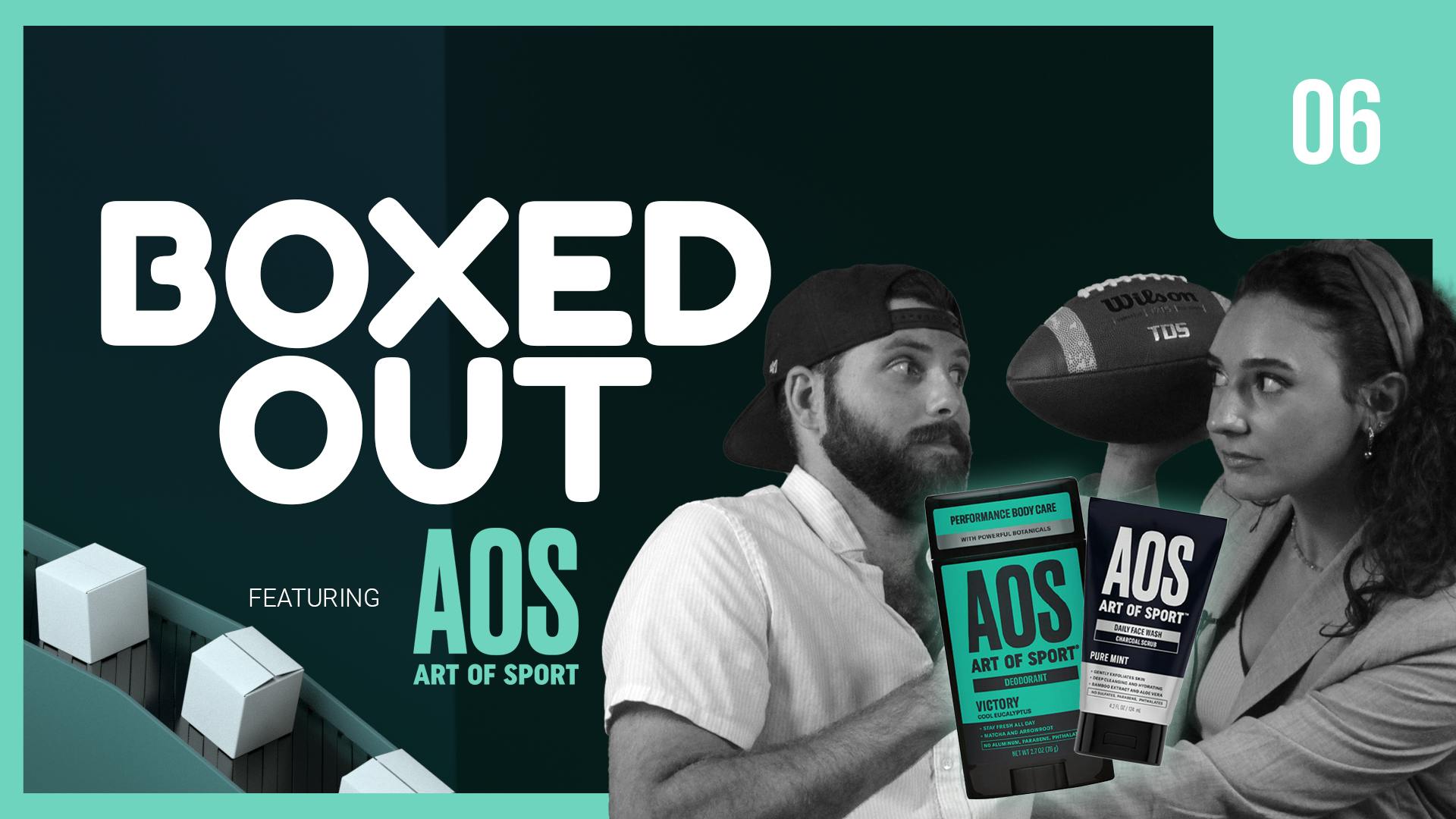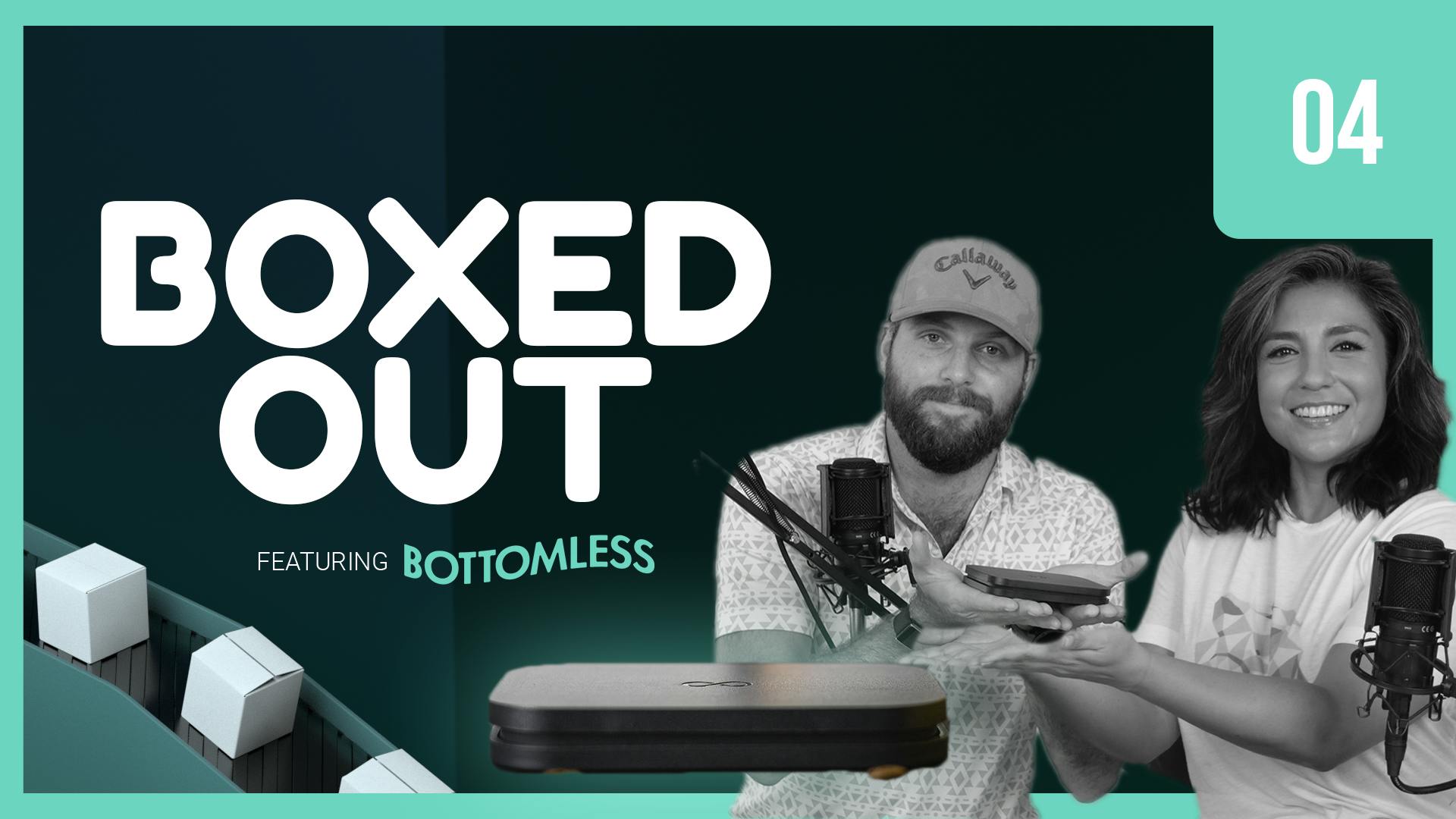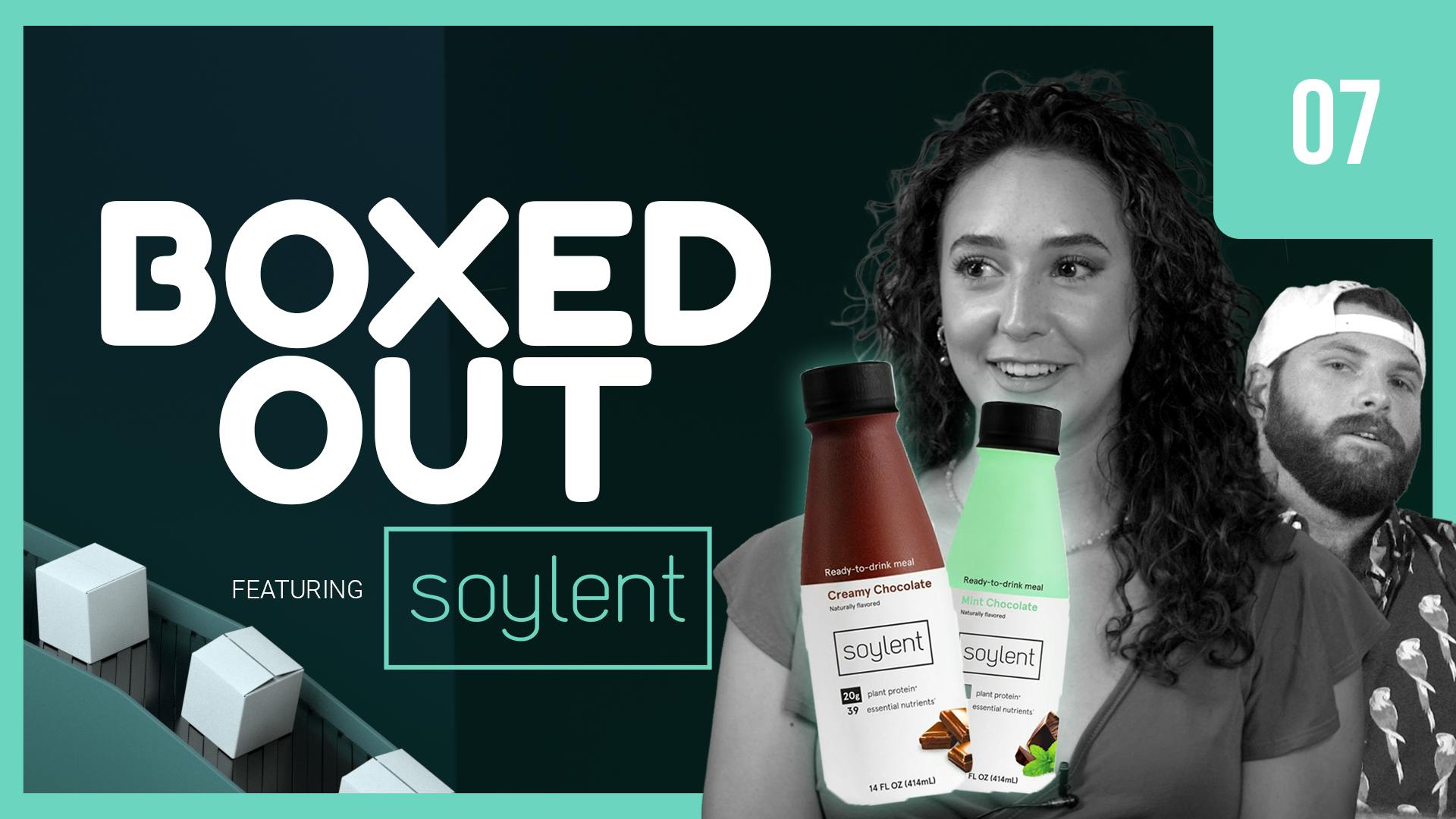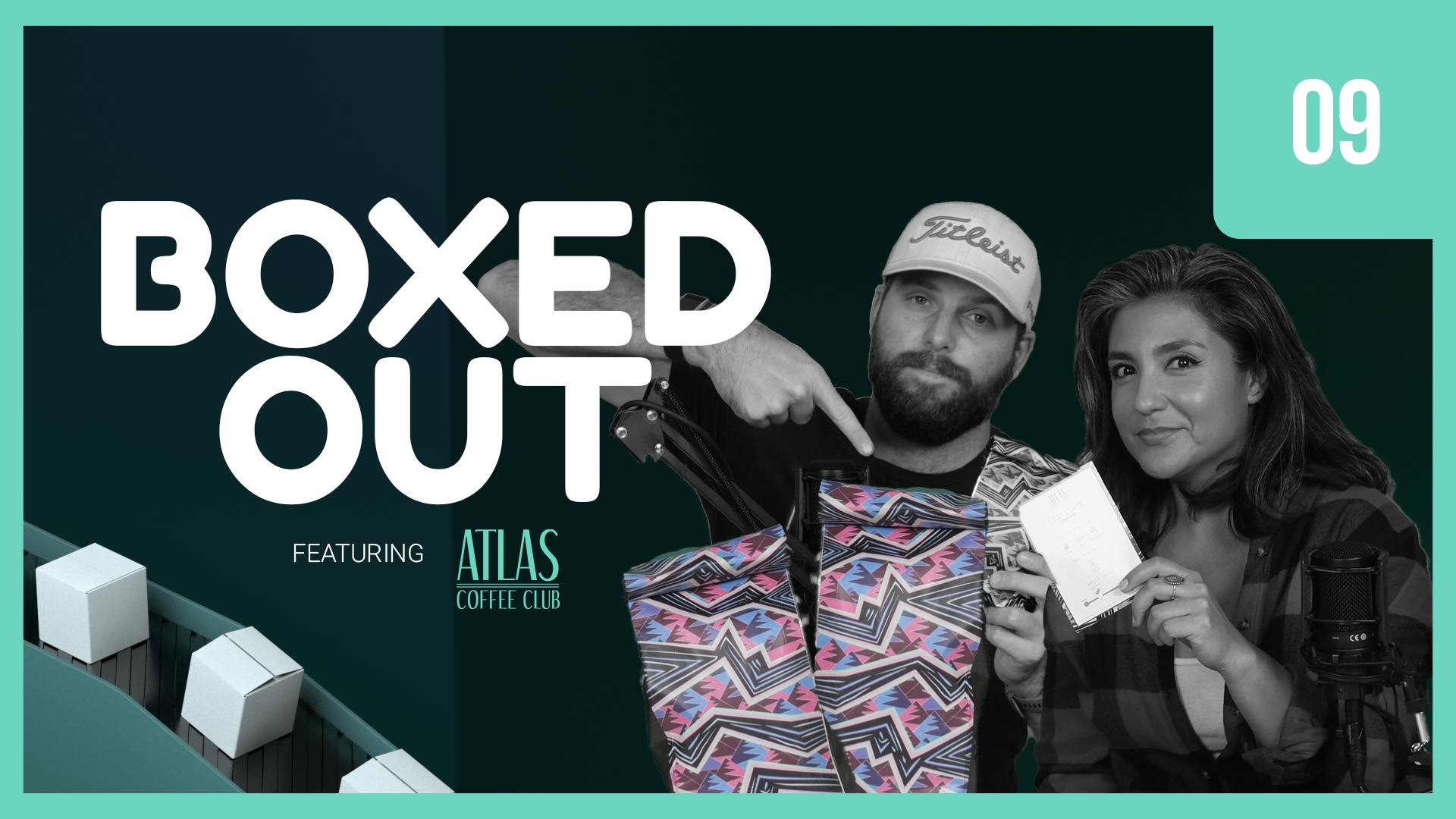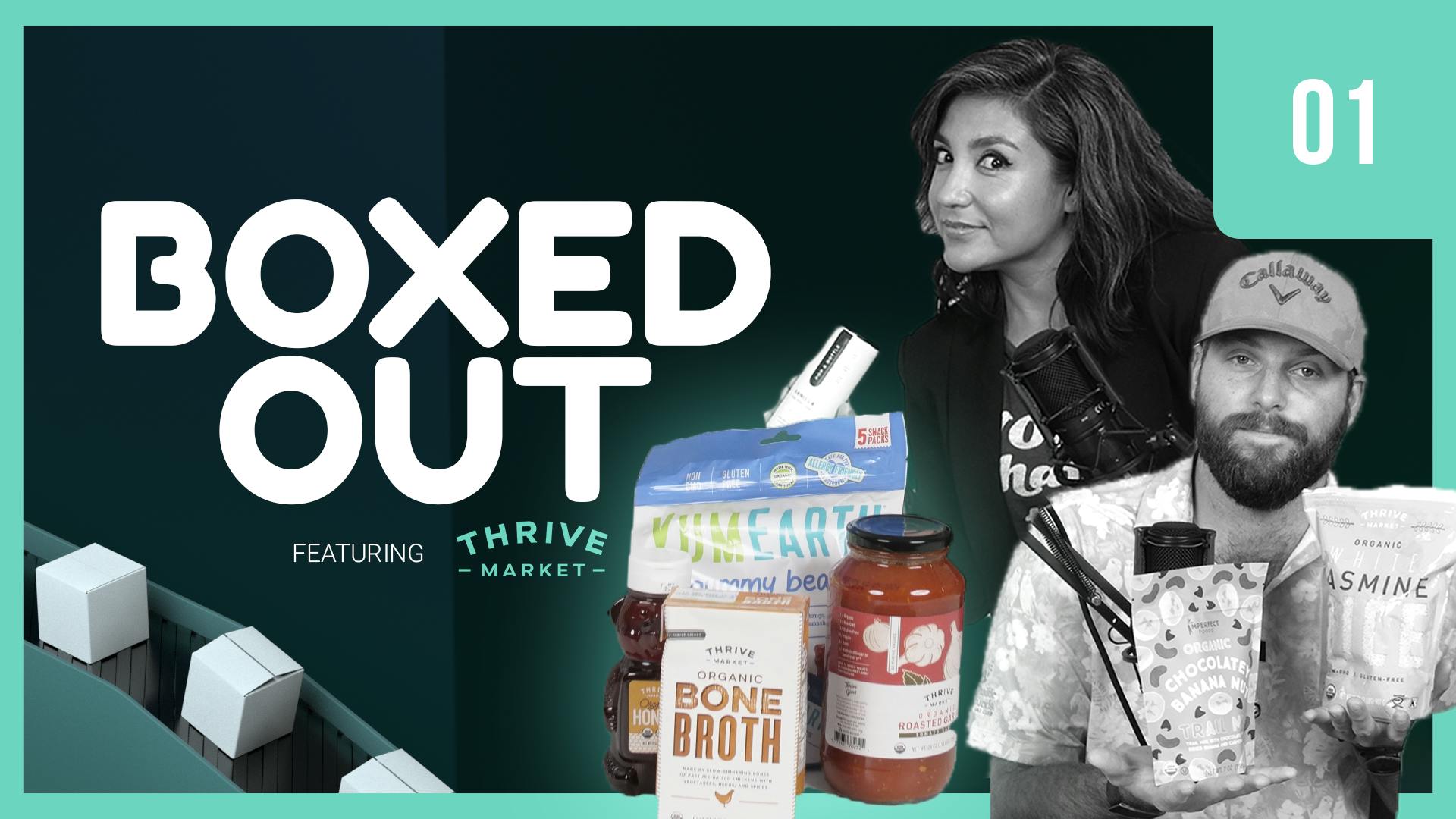
Ritual's retention: high nutritional value
This episode might reference ProfitWell and ProfitWell Recur, which following the acquisition by Paddle is now Paddle Studios. Some information may be out of date.
Please message us at studios@paddle.com if you have any questions or comments!
Today we're talking about Ritual, a company that's taken on the multi-billion dollar vitamins and supplements market by using their own clinical studies to attack a market filled with misinformation. We're going to learn how Ritual used integrity and loyalty to their advantage. We'll break down Ritual's retention strategy, sharing what they did well, and not so well, so you can
Key takeaways:
Ritual’s done an exceptional job with their branding and messaging. The vibrant aesthetic beautifully spans across the entire company. And with their own clinical studies, they're calling out a market filled with misinformation, simultaneously building a trusted brand and creating a massive cult following. But can they keep them long term?
Term optimization
Ritual needs to put a bigger emphasis on term optimization. Longer-term subscriptions retain customers at a 15-30% percent higher rate than monthly subscriptions. And Ritual isn't offering an extended subscription in exchange for a discount or other type of offer, right now. This is a missed opportunity for a product so health and habit laden.
- Offer longer-term plans in exchange for a discount (physical amounts off instead of percentages) or access to an exclusive pack.
- Invite customers to upgrade after the purchase has been made, as well as before.
- Remind customers to upgrade to a longer-term plan with a plain text email and offer a one-click upgrade.
Community membership
SmartyPants has a a real opportunity to offer a paid community membership. Community members typically have 10 to 20% higher lifetime value through longer retention and higher average order value. They're a beautiful brand, and have a huge cult following that would be willing to pay for access to their content.
- Make the product a major part of people's identity.
- Build a community membership with content and education, maximizing those clinical studies even further.
- Create a well-designed strategy to address the industry's misinformation.
Credit card failure process
Ritual needs a revamp of their credit card failure process as soon as possible. Remember, payment and credit card failures are a mechanical problemproblem. These customers aren’t leaving because they didn’t like your product. Many of them aren’t even aware their payment failed. Credit card failures account for 20-40% of your churn and cancellations. If you don't recover those failed payments, you likely won't recover those customers either.
- Send four to five plain text emails that go out in an intelligent drip based on the customer's behavior and data.
- Modify email copy that creates the need to take action by reinforcing the value you provide.
- Add text messages and card expiration messages to your flow.
- Allow users to update their payment information without having to log in.
Ritual
The popularity of multivitamins has increased rapidly in the last few decades and are now the most commonly used supplements in the world. It’s estimated that over half of all Americans take some sort of vitamin or supplement. So it’s no surprise that this is a multi-billion dollar industry expected to reach a global worth of almost $300 billion by 2024.
Ritual—a vitamin subscription that focuses on the most essential nutrients for health—was founded in June of 2015 by Katerina Markov Schneider. Her pregnancy is what led her on the journey to eventually start Ritual. In her quest to purge her home of any harmful ingredients she soon realized the vitamins also contained questionable ingredients. This is what sparked the idea to develop a vitamin void of all the things she didn’t like or need.
Schneider teamed up with vitamin industry vet Dr. Luke Bucci, making him Ritual’s VP of R&D. And from the ground up, they created a new kind of multivitamin for women.
Ritual's success
Today, women, men, kids and teens are on board. And Ritual’s success is directly related to two principal components:
First, every decision the brand makes revolves around its consumer. The company admits that utilizing its social media strategy has been key to cultivating a following of wellness enthusiasts.
The second contributor to Ritual’s success is that they have done a phenomenal job with its branding and messaging. Its vibrant aesthetic beautifully spans across the entire company from its website, social media, and packaging. Ritual has combined intentional design, photography, and messaging, creating a brand that consumers want to be a part of.
Ritual is a multivitamin that includes multiple nutrients formulated with a certain life stage in mind for women—and now men—enclosed in just two daily capsules. Ritual’s beautiful clear capsule design is not only aesthetically pleasing, it’s scientifically designed with a purpose. The beadlet-in-oil technology that is used for most of the multivitamins it offers, and the capsule-in-capsule technology in its Essential Prenatal line, is an innovative design that allows placement of both oily and dry nutrients into one multivitamin formulation.
All of the ingredients used are rigorously tested, clean, vegan friendly, free of Gluten, major allergens, artificial colorants or synthetic fillers, and are Non-GMO.
According to Ritual, “the future of vitamins is clear.” and now creates products for the whole family. Customers love the transparency, literally and figuratively speaking. And investors feel the same way—Ritual has, as of 2019, secured $40.5 million in funding and has sold over one million bottles of its vitamins… add that to thousands of rave reviews. But are they doing enough to boost retention?
Ritual's retention review
Ritual is a cool company with even cooler branding. But they have improvements to make, specifically with retention. Most brands tend to neglect this aspect of their business, getting acquisition brain and focusing on Facebook, Instagram, Snapchat, and ads.
Why is retention important?
You spend half of your budget and time acquiring customers, but to be successful, you need to keep them. The beauty of the subscription model is that the relationship with the customer is baked directly into how you make money. If that customer is happy, they'll keep buying from you in the long term. If they're upset or not seeing the value, they'll cancel—quickly.
Plus, money talks here. Subscription ecommerce companies using the tactics we're going to talk about have 2x the customer lifetime value (LTV), 2x the average order value, and 3x higher growth rates, because they're not worried about plugging a leaky retention bucket.
To highlight the importance here, let's look through Ritual's retention strategy and break down what they're doing well, and not so well, so you can learn for your own DTC business.
Retention has three parts:
- Active churn, which are customers who are actively choosing to cancel your product.
- Expansion revenue, which are your existing customers that buy more product.
- Delinquent (or involuntary) churn, which are customers who's credit card or payment has failed, which sadly is one of the largest single buckets of where you're losing money.
Ritual's active churn:
When we look at Ritual's active churn, there are so many reasons why a customer may cancel—some you can control, others you can't. We want to make sure Ritual is not only setting up their customers for long-term retention in the initial purchasing process, but that they're also collecting information on why someone's cancelling, if they so happen to, in order to get a clean cycle of retention improvement.
The good:
Ritual is actually doing one of the most brilliant jobs at pre-purchase objection handling, and priming you to just fall in love with the brand. The simplicity of their website, as well as showing off the main features of their product versus others, makes buyers trust the brand. And a trusted brand results in longer retention.
Ritual also has a cult following. Women we know are always talking and asking about the brand. They also used clinical studies to actually show the effectiveness of the product. We’re not educated in clinical studies to understand if it's credible or not, but it sure seems to be when we think of all the other literature around vitamins and supplements.
To continue the retention love fest here, their cancellation flow was great. They start with providing the ability to snooze an order as a nice highlight, because there are people who end up forgetting to take their vitamins and may end up with too many. If that's not the case, they continue down the path of one of the best cancellation flows we've seen in the world of DTC.
It's well designed to capture why someone is leaving and then based on the reasoning they have a bunch of different offers and options. If you select that you didn't think you saw or felt the benefits, they address the objection head-on and then offer up $15 to stay. If you select that you only wanted a single bottle, they give you an incentive to stay for three months more. This was really well thought out. The copy is smooth with the objections, and if you have too many they're still giving you the snooze option, which we like better than a pause. It has a different feel to it.
This type of salvage does really and the data backs it. We looked at more than 1,000 DTC subscription companies and found that a clear off-boarding experience saves 15-30% more customers.
You do need to be careful with customers gaming the system. It doesn't happen as often as people think, but your cancellation flow needs to ensure that the same customer doesn't go for the same offer each month. There are many ways to cheat the system.
Ritual's expansion revenue prowess:
Expansion revenue is crucial, because your existing customers are more than willing to buy 3x more from you—you just have to make sure to ask. Plus, those customers who have at least one add-on or additional purchase tend to have 18-54% higher lifetime value, meaning they're paying you more over the life of the subscription, but they're also sticking around longer, because they're more engrained within your product.
The good:
Ritual doesn't have a very wide product line, so upgrade paths can be difficult, but they've done something here that not only helps with expansion revenue, but the overall retention with their partner bundles as well.
Essentially, they get you and your partner on the same plan, so you hold one another accountable and get the vitamins each month. It's a great strategy that could expand to kids or other family members quite easily.
Ritual's credit card failure flow:
Now let's talk about the sexiest topic in the world—credit card failures. We know you don't wake up sweating in the middle of the night thinking about credit cards—that's our job—but here's why we obsess over things like this: just under 40% of the customers that leave you are leaving you because of failed payments. To get these folks back, we want to make sure Ritual is treating these folks like a marketing channel, sending them messages before the point of failures, all the way to after the point of failure through email and text messages.
Needs improvement:
This is where Ritual has done a pretty average job, so there's some room for improvement. They sent us three plain text emails that appeared to be from an actual human. Plain text is important here, because people feel more obligated to act versus with a market-y email, which is easy to ignore. Our nitpick with their emails is that they input this line: "If no action is taken, we will attempt to re-process your payment in a few days." This copy takes away the call to action, making just as easy to ignore.
Additionally, the three emails were basically the same and didn't really reinforce the value besides making sure we got our shipment of vitamins. Add some language about making sure they stay on the path of health, and save the bill-collector language for the third or fourth email.
Ideally we'd want to see a four to five, intelligent email drip over a 14-day period after the initial card fails, that eases the customer back reminding them of the value they get from Ritual. Remember if you don't get updated payment information, these customers aren't coming back.
Furthermore, they're making you log back in to update your credit card. This is needless friction and they should instead be sending you to a mobile-optimized form that simply takes the updated payment information. A lot of DTC customers don't actively log in to their accounts, so they forget passwords. Make the experience frictionless.They should also be sending a text message. We didn't get any of those for the payment failure.
Based on what we're seeing, I bet Ritual could double their recovery rate. We don't have perfect insight into their business, but that's likely hundreds of thousands, if not millions in lifetime value.
Overall:
Ritual has done a fairly good job with their retention with some notable exceptions, so there's a bit of work to be done. They just need to take the talent they've applied to the brand, product, and experience, and apply it to the retention side of their business.
Retention revamp
Let's revamp. First though, why do we feel we have any authority to even talk about this? Roughly 20% of the entire subscription market is using ProfitWell, so we're sitting on more data than anyone else. Simply put, we have the data to know what works and what doesn't, and we care more about this problem than anyone else out there.
Let's walk through three big things we'd change immediately about Ritual's retention strategy, so we can all learn for our own brands.
3 takeaways
- Ritual needs to put a bigger emphasis on term optimization.
Right now we're not seeing a customer able to pre-pay for an extended subscription in exchange for some cash off. This is a missed opportunity for such a health and habit-laden product where some buyers may just want to set and forget their deliveries and such. Give them the opportunity to buy an annual or even six month subscription for a bit of a discount or even some sort of an offer.
The big thing to keep in mind here is that those longer-term subscriptions retain customers at a 15 to 30% higher rate than monthly subscription—based on a study we did on over 2,000 DTC subscription companies. Even an incremental amount of customers on these plans will pay dividends.
Keep in mind that you can ask customers not only in the checkout flow, but also after the purchase has been made. New users may want to try the product out before committing to something longer, so reminding them through a plain text email with an offer, and then a one-click upgrade to a longer-term plan helps boost overall lifetime value considerably. - Ritual should go all-in on community.
They may need some ramp-up time, but this looks like a brand that can put great content together. We'd absolutely subscribe to a quarterly-magazine subscription or even a community forum. Content, education, and taking advantage of that cult following is huge.This gets into Web Smith's law of linear commerce where all DTC brands eventually become media companies. Ritual is in a good position to call B.S. on this part of the industry with a well-designed strategy. Customers, and even those who haven't tried Ritual, would be willing to pay $5 to $20 per month for access.This would be a good amount of work, but it's certainly something that would boost retention, as we see community members tend to have 10 to 20% higher lifetime value through longer retention and higher average order values. This comes from a study we did on 500 DTC subscription companies with heavy community or membership options. - Ritual needs to revamp their credit card failure process.
They're losing a large amount of money by only doing the basics. They need four to five plain text emails that go out in an intelligent drip based on user behavior and data, after they realize the card declined. They need SMS messages, they need to recognize and message expired credit cards, and they need to allow users to update their payment information without logging in.
Some of these retention changes are minor, but will have a big impact. Becoming more of a media and content giant requires a bit more elbow grease, but also results in great success. Ritual is just getting started and we'll see a lot more from them in the future.
Who's up next?
Next week we're going into the multi-billion dollar men's hygiene market—a DTC brand that's used spokespeople in the world of sports to build a brand loved by many. The DTC brand we'll be digging into is The Art of Sport. So, make sure you subscribe to Boxed Out, and tell your friends so we can get this knowledge into the as many hands as possible.

